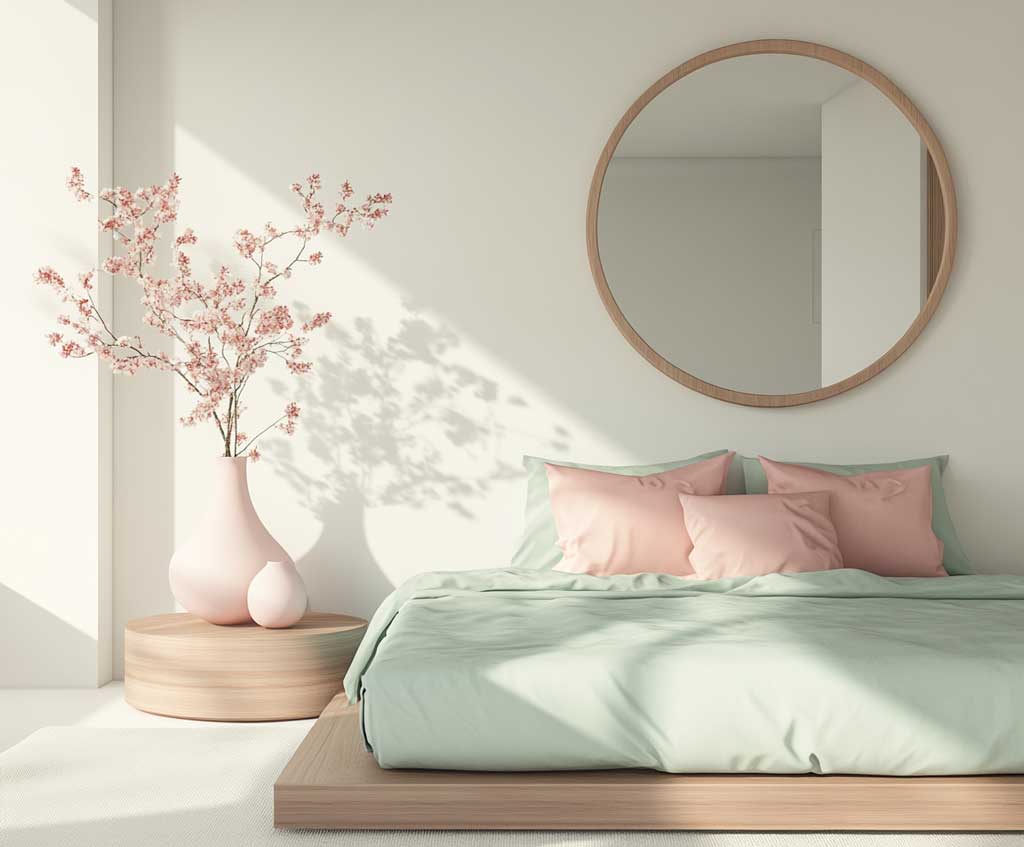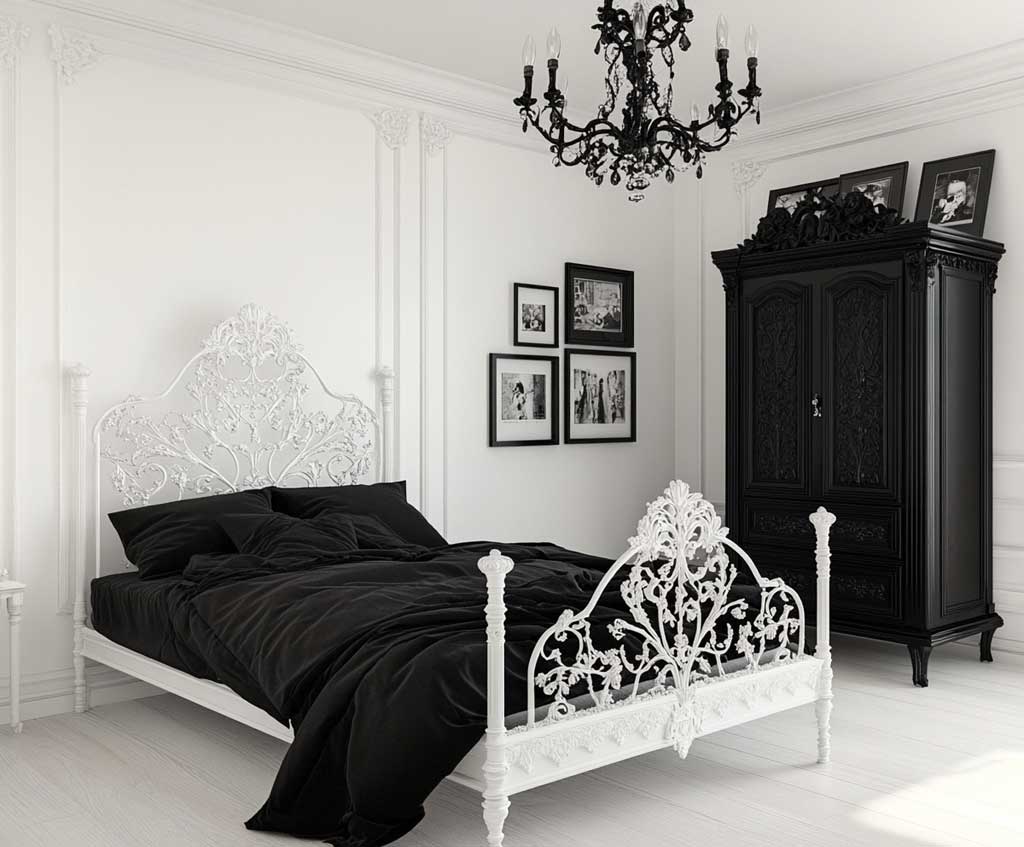Content
Interior design is more than just creating a functional space; it’s about expressing who you are and turning your home into a personal sanctuary. Your living environment should reflect your unique tastes, personality, and lifestyle, transforming ordinary spaces into extraordinary ones. In today’s world, where personalization is key, blending aesthetics with practicality is the hallmark of truly effective interior design.
Whether you’re redecorating your living room, redesigning your bedroom, or giving your entire home a makeover, thoughtful interior design choices can significantly enhance your space. From color palettes and furniture arrangement to incorporating personal touches, there are countless ways to use design to create a home that’s distinctly yours.
The Power of Color in Interior Design
Color is one of the most impactful elements in interior design. It sets the mood of a room and can influence how you feel in the space. Whether you want to create a calming retreat or an energizing environment, choosing the right color scheme is crucial to achieving your desired effect.
When deciding on a color palette, consider how different colors evoke different emotions. Soft pastels like light blues, pinks, and lavenders can create a tranquil and peaceful ambiance, making them perfect for bedrooms or meditation rooms. On the other hand, bold and vibrant colors such as rich reds, deep blues, and emerald greens add a sense of drama and sophistication to living spaces or dining rooms.
Here are some tips for selecting the perfect color palette for your home:
- Start with a neutral base: Neutral tones like beige, gray, or white provide a blank canvas that allows you to play with bolder accent colors. These tones also add versatility, making it easier to switch up your décor.
- Incorporate accent colors: Use pops of color through accessories like pillows, rugs, or artwork to add personality without overwhelming the room.
- Consider the light: Natural and artificial lighting can greatly affect how colors look in a space. Test out color samples on different walls and at different times of day to see how the light affects your chosen hues.
When used thoughtfully, color becomes a powerful tool in your interior design arsenal, allowing you to create spaces that are visually engaging and emotionally resonant.
Personalized Décor: Bringing Your Vision to Life
One of the best ways to make your home feel uniquely yours is through personalized décor. Items that are meaningful to you—whether they’re family heirlooms, travel souvenirs, or custom pieces—add depth and character to your interiors. These personal touches create a narrative, turning your home into a reflection of your life’s journey.
Incorporating customized elements doesn’t have to be complicated. For instance, customized table runners are a simple yet effective way to bring a personal flair to your dining area. Whether it’s an elegant monogram, a favorite pattern, or a special fabric, a table runner can instantly transform the look of a room and make dinner parties feel more intimate and personalized.
Other ideas for incorporating personalized décor include:
- Customized art: Commission an artist to create a piece that reflects your personality or travel experiences. This not only adds a unique element to your home but also supports local artisans.
- Monogrammed accessories: From towels to pillowcases, monogramming adds a touch of luxury and personal connection to everyday items.
- Travel-inspired décor: Showcase meaningful souvenirs like ceramics, textiles, or even framed maps from places you’ve visited. These pieces create conversation starters and add sentimental value to your décor.
By blending functional items with personalized details, you create spaces that not only look great but also feel deeply connected to who you are.
Furniture That Blends Form and Function
Furniture plays a central role in any interior design project, but choosing the right pieces involves more than just aesthetics—it’s also about finding the balance between form and function. The furniture you select should not only fit the visual style of your home but also cater to your everyday needs.
When selecting furniture, think about how the piece will be used. Is it for lounging, dining, or working? You want to invest in items that serve their intended purpose while enhancing the room’s aesthetic. Comfort, durability, and size are all important factors to consider.
Here are a few guidelines for selecting furniture that complements your design:
- Scale and proportion: Make sure that the furniture you choose is appropriately sized for the room. A large sectional sofa might overpower a small living room, while too-small pieces can make a spacious room feel under-furnished.
- Invest in quality: While trendy furniture can be fun, it’s best to invest in high-quality, timeless pieces that will last for years. Look for well-crafted furniture made from durable materials like solid wood or metal.
- Mix textures and materials: Combining different textures—like leather, velvet, and wood—can add visual interest and depth to your space. Don’t be afraid to mix materials to create a dynamic and layered look.
By choosing the right furniture, you not only enhance the functionality of a room but also elevate its overall design, creating a space that’s both beautiful and practical.
Lighting: The Unsung Hero of Interior Design
Lighting is often overlooked in interior design, but it plays a critical role in how a space looks and feels. Proper lighting enhances the mood, highlights architectural features, and helps you create the perfect ambiance for any occasion.
There are three main types of lighting to consider when designing a space:
- Ambient lighting: This is the main source of light for the room, usually provided by ceiling fixtures or large windows. It should illuminate the entire room evenly without being too harsh.
- Task lighting: Task lighting is designed to provide illumination for specific activities, such as reading or cooking. Desk lamps, under-cabinet kitchen lighting, and pendant lights over an island are all examples of task lighting.
- Accent lighting: This type of lighting is used to highlight specific features in the room, like artwork, sculptures, or architectural details. Wall sconces, track lighting, and recessed lights are commonly used for accent lighting.
When combined, these different types of lighting help create a well-balanced and functional space. Choosing the right fixtures—whether it’s a statement chandelier, industrial-style pendants, or minimalist LED strips—can dramatically enhance your interior design.
Creating Flow Between Spaces
A well-designed home should have a sense of flow, allowing each room to connect with the next in a harmonious way. Achieving this can be as simple as using complementary colors and materials throughout your home or as complex as reconfiguring the layout to improve movement between rooms.
To create a cohesive flow between spaces:
- Maintain a consistent color palette: Even if you use different colors in different rooms, having one or two shades that appear throughout the home will tie everything together.
- Use similar materials: Incorporating materials like wood, stone, or metal in various rooms helps create a sense of continuity.
- Open up sightlines: Open-concept layouts are popular for a reason—they encourage movement and interaction between spaces. If a full open layout isn’t possible, try creating large doorways or archways to connect rooms visually.
Flow is about ensuring that each space feels like part of a larger, unified design, which can make your home feel more expansive and welcoming.
Conclusion: Designing a Home That Reflects You
Interior design is an opportunity to express your personal style while creating a space that serves your practical needs. Whether through the use of color, personalized décor like customized table runners, thoughtful furniture choices, or effective lighting, your home should be a reflection of your tastes, experiences, and lifestyle.
By carefully considering each element of design, you can transform your home into a place that not only looks stunning but also feels uniquely yours. After all, great interior design isn’t just about aesthetics—it’s about creating a home where you feel truly comfortable and inspired.







